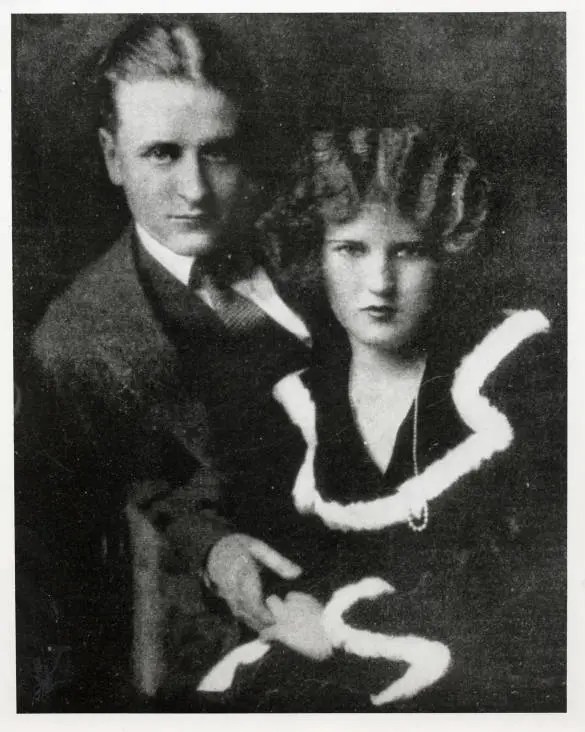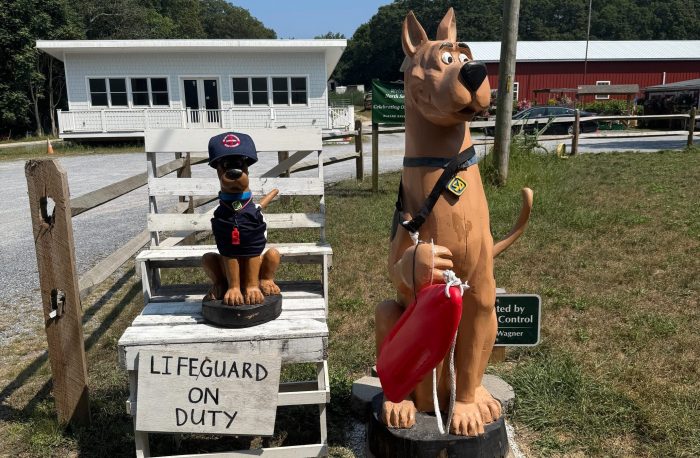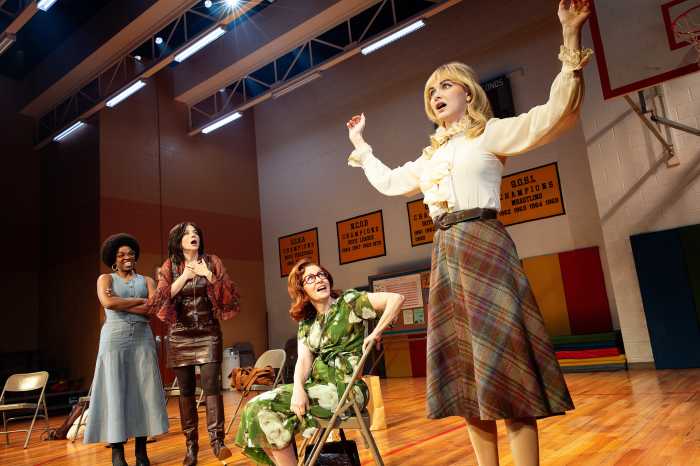The centennial anniversary of the original publication of F. Scott Fitzgerald’s The Great Gatsby this year presents a sterling opportunity to contemplate that time around a century ago when it did seem like Great Neck was the center of the universe.
Just 20 miles from Times Square and just outside the New York City limits, the Great Neck of the 1920s still offered most of the pleasures of country living without a huge commute. There were endless waterfront vistas with a horizon largely unspoiled by overdevelopment. As a result, leaders of the Broadway and publishing worlds began moving to the area, following in the footsteps of the Native Americans, colonial pioneers and gentleman farmers who had preceded them.
Pulitzer Prize-winning newspaperman Herbert Bayard Swope of the “New York World” was one of the key factors in this migration. He lived next door to sports columnist and humorist Ring Lardner on East Shore Road. The party scene we associate with the so-called Jazz Age largely revolved around their swanky soirées.
Their chronicler, Fitzgerald, lived at 6 Gateway Drive in Great Neck Estates for most of the time he was penning “Gatsby.” The Great Neck Playhouse, where the first stage adaptation of his novel premiered, was right around the corner on Middle Neck Road. Not far away, on Arrandale Avenue, lived P.G. Wodehouse, creator of Jeeves, and his frequent collaborator Guy Bolton (in separate houses).
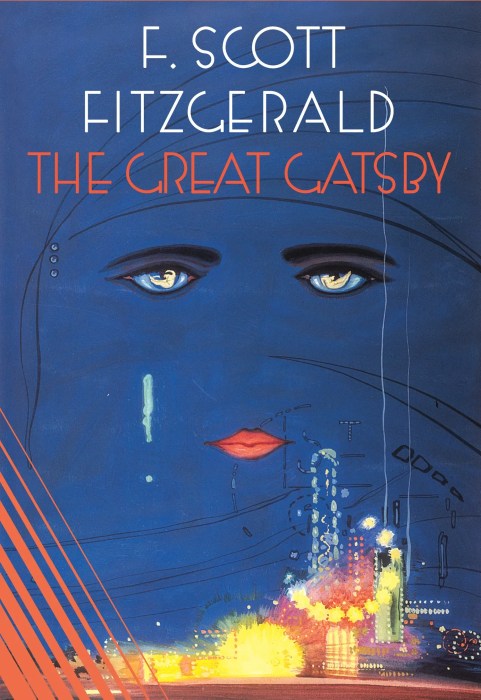
Stage and screen stars added even more sparkle to Great Neck’s social set in the 1910s, ’20s and ’30s. For a time, Groucho Marx lived in Thomaston, with his brother Chico residing about a half-mile away. For the Marx Brothers, Great Neck was attractive not just for its proximity to Broadway but also to the Paramount Studios in Astoria, Queens, where they made their first two movies.
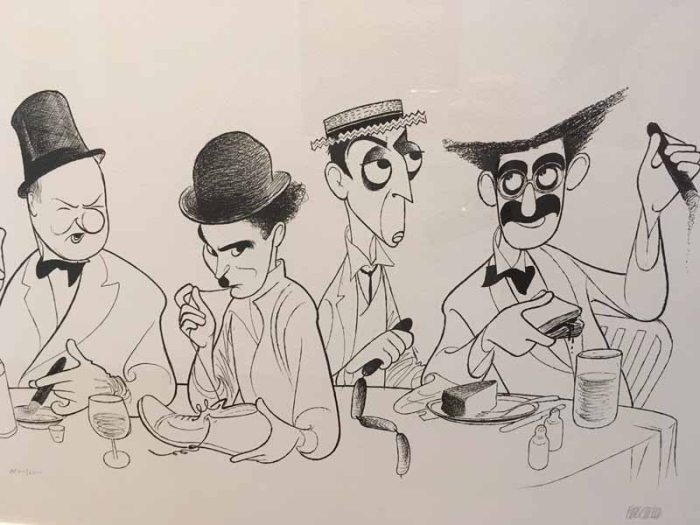
Meanwhile, their old vaudeville crony W.C. Fields hung his hat in Russell Gardens. Eddie Cantor, a much bigger star than either the Marxes or Fields at the time, built a huge estate in Lake Success, while the “Perfect Fool,” Ed Wynn, had a palatial manor in Kings Point.
Not far away lived the original “Yankee Doodle Dandy,” George M. Cohan, next door to his business partner Sam Harris, in and around what is now Steppingstone Park. Others in Great Neck’s Broadway cohort included Oscar Hammerstein II, Eugene O’Neill, Lew Fields of Weber and Fields, Fanny Brice, Marilyn Miller, Lillian Russell, Robert Woolsey (of the team of Wheeler and Woolsey), Raymond Hitchcock, Olga Petrova, comic dancers Paul and Grace Hartman, Charles King, Oscar Shaw and Gene Buck.
Many people associated with the movie industry were also part of the showbiz colony in Great Neck. These included Olive Thomas, Harry Carey, Thomas Meighan, Richard Barthelmess, Norma Talmadge and Joe Schenck, Ernest Truex, Leslie Howard, Basil Rathbone, Maurice Chevalier and Fredric March with his wife, Florence Eldridge. Paulette Goddard is often boasted of as one of the local residents, but it’s almost a cheat, for she actually grew up in Great Neck.
The great cartoonist Chic Young was living in Great Neck in 1930 when he created his beloved comic strip “Blondie,” which was later adapted for films and television.
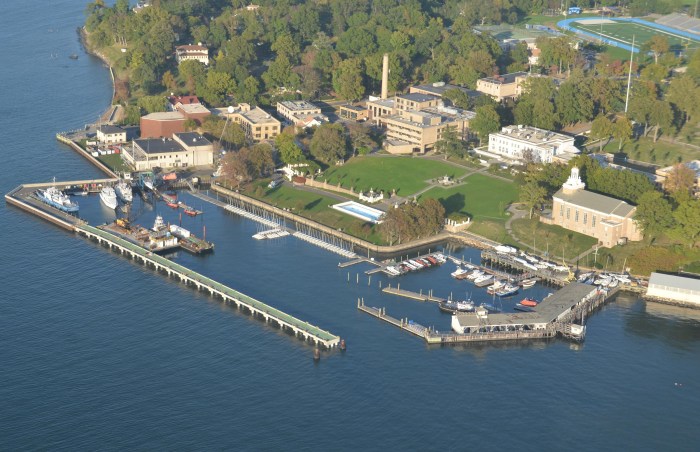
The atmosphere in Great Neck changed dramatically in the 1930s and in the decades that followed. The Great Depression hit Broadway hard. With the arrival of the talkies, the entire film industry concentrated itself on the West Coast in Hollywood.
Automobile culture and improved train service meant that people could conveniently move farther and farther out on Long Island and still commute into the city. During World War II, a huge chunk of Kings Point became the Merchant Marine Academy. For a short while, the United Nations was headquartered at Lake Success.
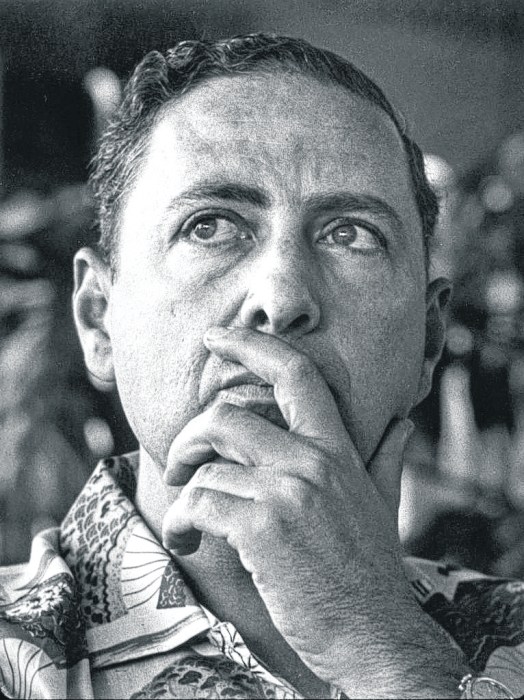
Still, Great Neck remained attractive to many notable people at mid-century and afterwards. Among them were Martha Raye, Sid Caesar, Alan King, Morton Gould, Jean-Claude van Itallie, Max Weber, Will Durant, Herman Wouk, Todd Rundgren and many others.
Several famous people closer in time to our own grew up in Great Neck. These include Francis Ford Coppola and his sister Talia Shire, George Segal, Andy Kaufman, Jackie Hoffman, Natasha Lyonne, celebrity caricaturist Drew Friedman (son of humorist Bruce Jay Friedman), Broadway producer Stewart Lane, director Bruce Paltrow (Gwyneth’s father), and artist Laurie Simmons (Lena Dunham’s mother).
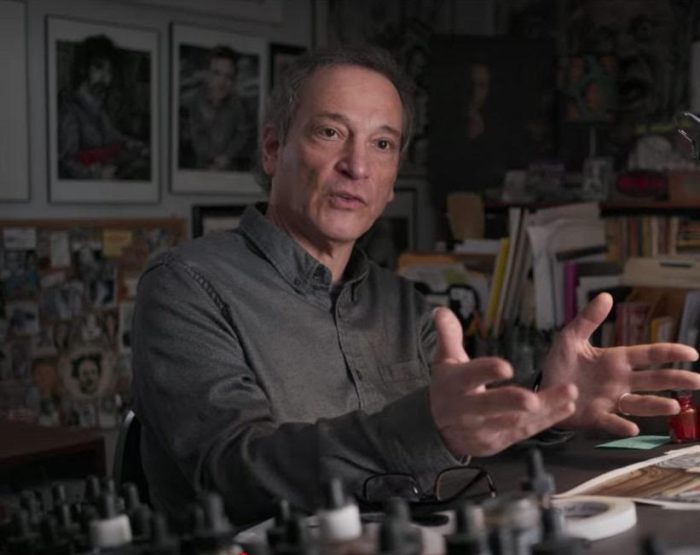
Is the glamour all gone? Not if you know where to look. The former houses of F. Scott Fitzgerald, George M. Cohan, Groucho Marx and many others still stand. If you close your eyes and use your imagination, it’s not hard to conjure the glory days.
Trav S.D. creates the blog Travalanche (travsd.wordpress.com) and is the author of the popular show biz books “No Applause, Just Throw Money: The Book That Made Vaudeville Famous” (Faber & Faber, 2005), “Chain of Fools: Silent Comedy and Its Legacies from Nickelodeons to YouTube” (BearManor Media, 2013), “Rose’s Royal Midgets and Other Little People of Vaudeville” (2020) and “The Marx Brothers Miscellany: A Subjective Appreciation of the World’s Greatest Comedy Team” (BearManor Media, 2024). Stay tuned for “Electric Vaudeville: A Century of Radio and Television Variety,” coming your way in Fall 2025.




